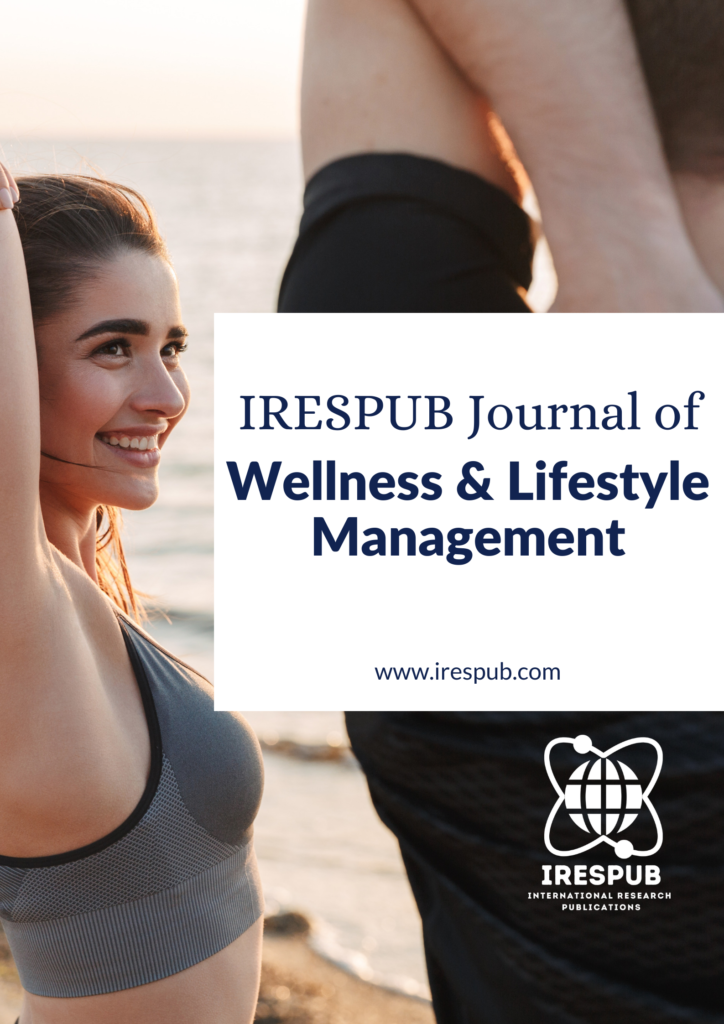
Year Launched: 2021
Journal List
- Natural & Applied Sciences
- Life Sciences
- Business Management
- Education & Literature
- Humanities & Cultural Studies
- Medical & Dental Sciences
- Engineering & Computer Sciences
- Agriculture, Food & Nutrition
- Environmental & Material Sciences
- Wellness & Lifestyle Management
- Arts & Ideas
- Law, Policy & Religion
Working women and work life balance – a study on inclusion experience of women at south Indian bank
Volume 2, Issue 2, Mar-Apr 2022 | Page 1-5 | PDF (301K) | Pub. Date: April 5, 2022
Author(s)
Deepa Ann Jacob; Student Mentor: Birla Institute of Technology and Science, Pilani & Manager, The South Indian Bank Ltd.
Abstract
This paper thoroughly explores the link between factors accountable for job satisfaction and work life balance of Women Employees in banking sector. Recent pandemic situation, technological advancement and work from home facility offered by the Banking sector creates more expectations in the women employees. The survey questions were designed under six key manifestation areas of Inclusion Experience, in the organization. Exploratory factor analysis shows that the factors such as overall Diversity, Equity & Inclusion Experience of Women are key factors that are considered by the women employees in their work environment and these factors have good impact on their work life balance. It is noted that the women employees are less satisfied than the men employees of banks in terms of five factors Organizational culture and values, Management Accountability and supervisor support, Work-life Integration, Career Development, Diversity appreciation, Policies and procedures. However, the women employees of bank are more or less similarly satisfied with regards to job security. Overall employee satisfaction is high in the bank as compared with the women employees of the bank.
Keywords
employee satisfaction; work life; integration; career development; organizational culture; banking sector
Cite this paper
Jacob, D. A. (2022), Working women and work life balance – a study on inclusion experience of women at south Indian bank, IRESPUB Journal of Wellness & Lifestyle Management. Volume 2, Issue 2, Mar-Apr 2022, Page 1-5
References
[1] Ashforth, B., Kreiner, G. and Fugate, M. (2000) ‘All in a day’s work: boundaries and micro role transitions’, Academy of Management Review, Vol. 25, No. 3, pp.472–491.
[2] Atkinson, J.W. and Feather, N.T. (1966) A Theory of Achievement Motivation, Wiley and Sons, New York.
[3] Bacharach, S.B., Bamberger, P. and Conley, S. (1991) ‘Work-home conflict among nurses and engineers: mediating the impact of role-stress on burnout and satisfaction at work’, Journal of Organizational Behaviour, Vol. 12, No. 1, pp.39–53.
[4] Bailyn, L. (1993) Breaking the Mold: Women, Men and Time in the New Corporate World, Free Press, New York.
[5] Balaji, R. (2014) ‘Work life balance of women employees’, International Journal of Innovative Research in Science, Engineering and Technology, Vol. 3, No. 10, pp.16840–16843.
[6] Frone, M., Russell, M. and Cooper, M.L. (1995) ‘Job stressors, job involvement and employee health: a test of identity theory’, Journal of Occupational and Organizational Psychology, Vol. 68, No. 1, pp.1–11.
[7] Lambert, S.J. (1990) ‘Processes linking work and family: a critical review and research agenda’,
[8] Human Relations, Vol. 43, No. 3, pp.239–257.
[9] Lawton, L. and Tulkin, D. (2010) ‘Work family balance, family structure and family friendly employee programs’, Annual Meeting of the Population Association of America, Dallas, Texas, 15 April.
[10] Lazar, I., Osoian, C. and Raţiu, P. (2010) ‘The role of work life balance practices in order to improve organisational
[11] Meyer, J. and Parfyonova, N. (2010) ‘Normative commitment in the workplace: a theoretical analysis and re-conceptualization’, Human Resource Management Review, Vol. 20, No. 4, pp.283–294.
[12] Sujata, L.T. and Singh, S. (2011) ‘Work-life balance issues of women at call centers: a study’, The IUP Journal of Management Research, Vol. 10, No. 4, pp.68–79.
[13] Sumer, H. and Knight, P. (2001) ‘How do people with different attachment styles balance work and family? A personality perspective on work-family linkage’, Journal of Applied Psychology, Vol. 86, No. 4, pp.653–663.
[14] Sundaresan, S. (2014) ‘Work-life balance – implications for working women’, OIDA International Journal of Sustainable Development, Vol. 7, No. 7, pp.93–102.
[15] Taj, Y. (2011) ‘Woman on TOP’, Times of India ASCENT, 18 May, p.6.
[16] Tausig, M. and Fenwick, R. (2001) ‘Unbinding time: alternate work schedules and work-life balance’, Journal of Family and Economic Issues, Vol. 22, No. 2, pp.101–120.

